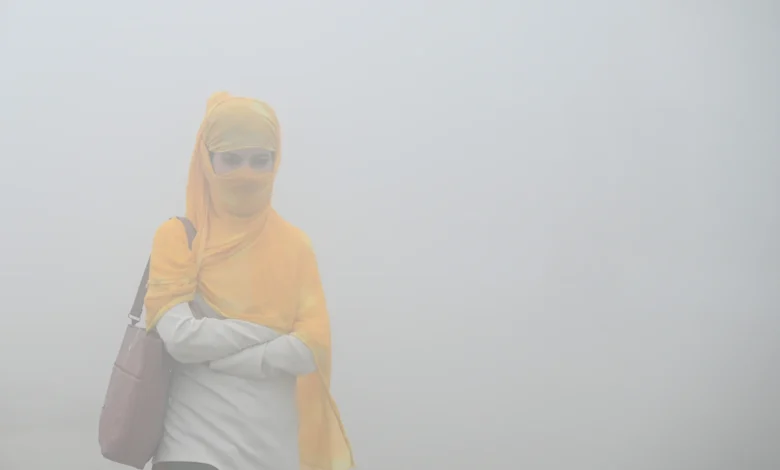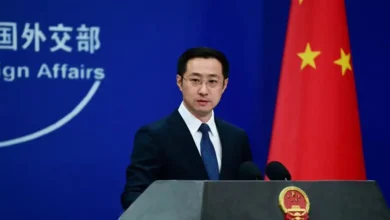
NexNews — New Delhi, the capital of India, is currently enduring some of the worst air pollution in the world. Residents, like 64-year-old Deepak Rajak, are facing severe respiratory problems as the city’s air quality hits alarming levels. Rajak, who suffers from asthma, visited a specialist clinic dedicated to pollution-related illnesses at Ram Manohar Lohiya Hospital, where he described struggling to breathe and coughing incessantly.
Since late last month, Delhi has been enveloped by a toxic haze of smog, significantly lowering visibility and endangering public health. Pollution levels have exceeded 1,750 on the Air Quality Index (AQI), which is far beyond the hazardous threshold of 300. Experts warn that pollutants like PM2.5, which are 77 times higher than safe levels, are causing chronic respiratory diseases, heart issues, and even cognitive impairment in children.
Despite calls for urgent measures, such as a medical emergency declaration and school closures, many like Rajak cannot afford to stay indoors due to financial pressures. His daughter, Kajal, expressed fear for his health as even the simple act of traveling to the clinic posed a risk due to the smog.
Other residents also reported symptoms like burning eyes and suffocating air. Mohammad Ibrahim, an auto driver, explained that his chest constantly hurts from inhaling pollutants and that he now finds black substances coming out of his nose after a day’s work.
Delhi has been struggling with pollution for decades, exacerbated by windless days that trap smog from sources like agricultural waste fires and coal-fired power plants. While emergency measures, such as halting non-essential construction work and truck movements, are in place, experts say these temporary solutions fail to address the root causes of pollution, including emissions from transportation, industry, and waste.
The city’s pollution crisis is a yearly struggle, worsened by insufficient long-term action from the government. Sunil Dahiya, an environmental analyst, emphasized the need for comprehensive reforms to reduce emissions and tackle pollution sources year-round. Without such efforts, Delhi’s pollution levels will continue to threaten the health of millions of people.
For residents like Rajak, the situation is dire. As he and his daughter wait anxiously for treatment, they, like many others, are calling for meaningful change from the government.





